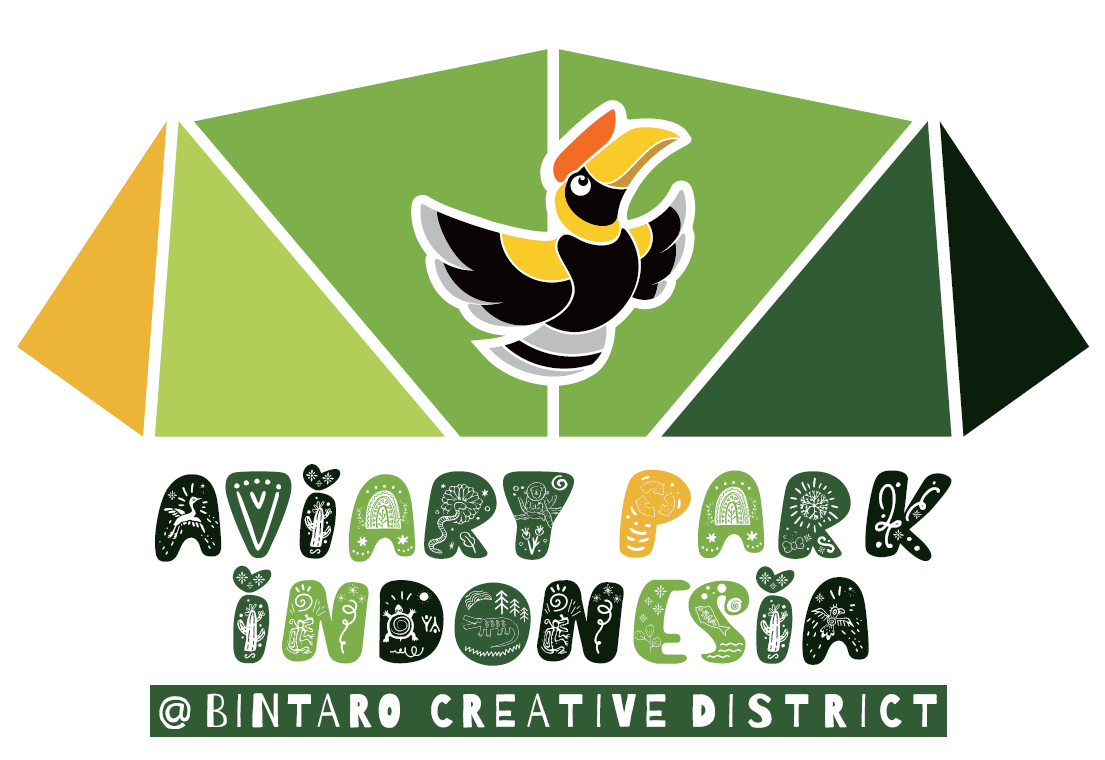Kucing Batu: The Fascinating Animal of Indonesia
Indonesia is a country known for its diverse wildlife, and one of the most fascinating creatures you may encounter during your backpacking adventure is the Kucing Batu. Also known as the Asian Palm Civet, this small mammal is native to Southeast Asia and can be found in the forests of Indonesia. In this article, we will dive into the world of the Kucing Batu and explore the ten most common questions travelers have about this unique animal.
The Kucing Batu is a nocturnal animal that belongs to the Viverridae family. It is known for its distinctive appearance, with a long body, short legs, and a pointed snout. One of the most striking features of the Kucing Batu is its large eyes, which help it navigate through the dark forest at night. Its fur is usually dark brown or black, with white markings on its face and body.
One of the most interesting facts about the Kucing Batu is its diet. This omnivorous animal feeds on a variety of foods, including fruits, insects, and small mammals. However, what sets the Kucing Batu apart is its love for coffee beans. In some parts of Indonesia, the Kucing Batu is known for its unique contribution to the production of Kopi Luwak, a type of coffee made from beans that have been eaten and excreted by the animal. While this may sound strange to some, Kopi Luwak is considered a delicacy by many coffee connoisseurs around the world.
Now, let’s delve into the ten most common questions travelers have about the Kucing Batu:
1. Where can I see Kucing Batu in Indonesia?
Kucing Batu can be found in the forests of Indonesia, particularly in Sumatra, Java, Borneo, and other islands in the region. While they are elusive creatures, you may have a chance to spot one during a night hike or a visit to a wildlife sanctuary.
2. Are Kucing Batu dangerous to humans?
Kucing Batu are generally shy and non-aggressive animals. They will avoid confrontation with humans and are unlikely to pose a threat to your safety. However, it is always best to observe wildlife from a safe distance and avoid approaching them.
3. What is the lifespan of a Kucing Batu?
In the wild, Kucing Batu can live up to 15 years. However, their lifespan may be shorter in captivity due to various factors such as diet and environment.
4. Do Kucing Batu have any predators?
Kucing Batu are preyed upon by larger predators such as snakes, birds of prey, and wildcats. They rely on their camouflage and agility to evade these threats in the wild.
5. Are Kucing Batu endangered?
Kucing Batu are currently listed as a species of least concern on the IUCN Red List. However, habitat loss and poaching pose significant threats to their population in the wild.
6. Can Kucing Batu be kept as pets?
While some people may attempt to keep Kucing Batu as pets, it is not recommended. These animals require a specific diet and environment to thrive, and they are best left in their natural habitat.
7. Do Kucing Batu have any unique behaviors?
One interesting behavior of Kucing Batu is their ability to climb trees with ease. They use their sharp claws and agile bodies to navigate through the forest canopy in search of food.
8. How do Kucing Batu communicate with each other?
Kucing Batu use a variety of vocalizations, including chirps, growls, and hisses, to communicate with each other. They also rely on scent marking to establish territory and attract mates.
9. Are there any conservation efforts in place to protect Kucing Batu?
Several organizations in Indonesia are working to protect the habitat of Kucing Batu and raise awareness about the importance of preserving this species. By supporting these efforts, travelers can help ensure the long-term survival of the Kucing Batu in the wild.
10. What can I do to support the conservation of Kucing Batu?
Travelers can support the conservation of Kucing Batu by visiting ethical wildlife sanctuaries, avoiding products made from endangered species, and spreading awareness about the threats facing wildlife in Indonesia. By making responsible choices during your travels, you can contribute to the protection of the Kucing Batu and other endangered species in the region.
In conclusion, the Kucing Batu is a fascinating animal that plays an important role in the ecosystem of Indonesia. By learning more about this unique creature and taking steps to support its conservation, travelers can enhance their backpacking experience and contribute to the preservation of Indonesia’s rich biodiversity. So, keep an eye out for the elusive Kucing Batu during your next adventure and remember to tread lightly in their natural habitat.
